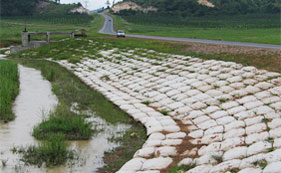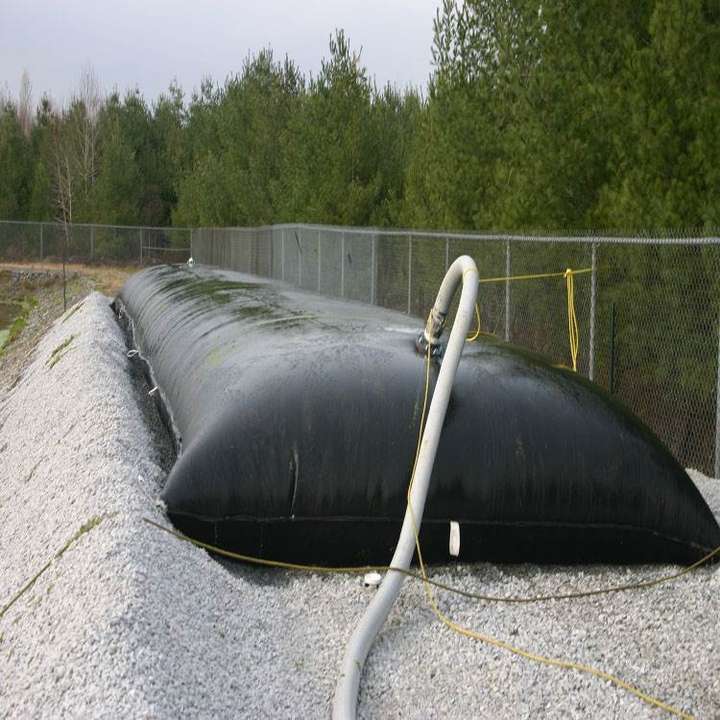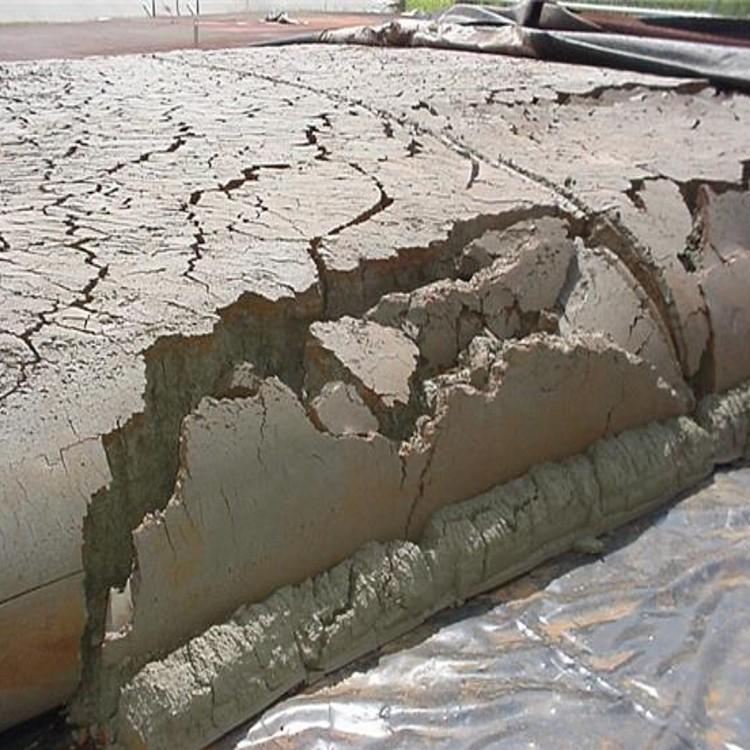
 Back to List
Back to List
The polypropylene geotechnical pipe bag is processed by high-performance, special polypropylene monofilament, flat yarn or split film yarn into the geotechnical pipe bag cloth, and is specially sewn into shape. Geotextile bag cloth has different levels of strength and permeability, and has high anti-ultraviolet ability and durability such as sea water and microbial erosion. It is suitable for sewage treatment plant sedimentation tank dredging, chemical plant, mine waste filtration and drying, sludge treatment, beach protection, sea reclamation, seaside cofferdam and other projects.

(1) Temporary storage yard construction: First, clear the meter. During the site leveling process, slope from the center to the surrounding area at a ratio of one-thousandth; excavate drainage ditches and water collection wells at the periphery of the storage yard.
(2) Construction drainage: use a mud pump to remove the accumulated water in the construction section
(3) Filling of geotechnical pipe bag: After the manual laying of the bag body is completed, the bottom sludge is hydraulically washed; a high-pressure pump and a high-pressure water gun are used to break the sludge into mud, and the sludge is sucked and discharged by the mud pump, and the mud is transported to the geotechnical pipe bag. Filling

(4) Dehydration and solidification of silt: After multiple filling and drainage, the fine particles left in the bag will gradually solidify due to the drying effect, and the discharged water can be reused, and the solidified soil can be transported or reused .
